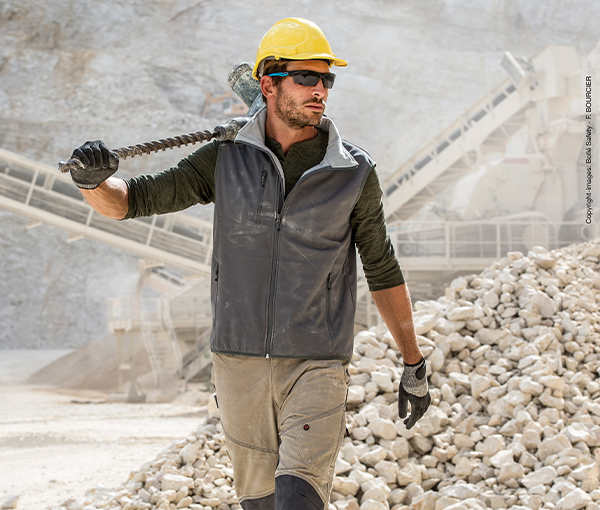COMPANY INSIGHT
Sponsored by: Bolle Safety
Protect Your Outdoor Workers’ Eyesight with Polarised Technology
Steuler KCH Australia (Steuler KCH) supplies surface protection solutions and engineering services across a wide range of industries across the Australia-Pacific region. The company offers industrial corrosion protection, refractory linings and plastic solutions as well as design, specification, material supply and comprehensive installation services.

A
ccording to the Scientific Committee on Emerging and Newly Identified Health Risks, outdoor workers are three times more likely to develop certain eye conditions than indoor employees. This is because professionals who work outdoors spend an average of 6 hours per day under direct sunlight. Which, in turn, results in too much exposure to UV rays.
Excessive amounts of UV radiation can cause different health problems, with eyesight conditions being among the most common. Not only this, some environmental factors can increase exposure and intensify the impact that these rays have on workers’ vision.
Even the reflection on the safety glasses that employees wear can alter the way their eyes interact with light.
In order to create a safe environment for their workers, managers are starting to rely on polarised safety glasses that protect against the negative effects of UV radiation.
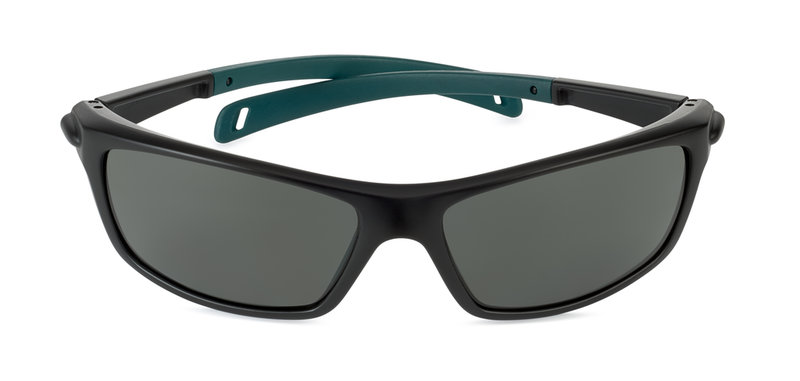
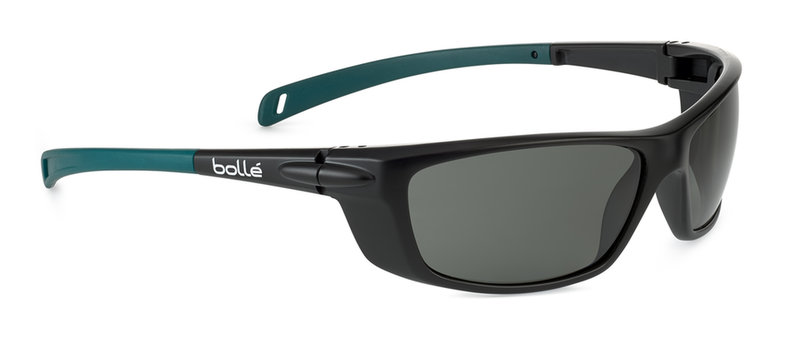
What Factors Impact the Eyesight of Outdoor Employees?
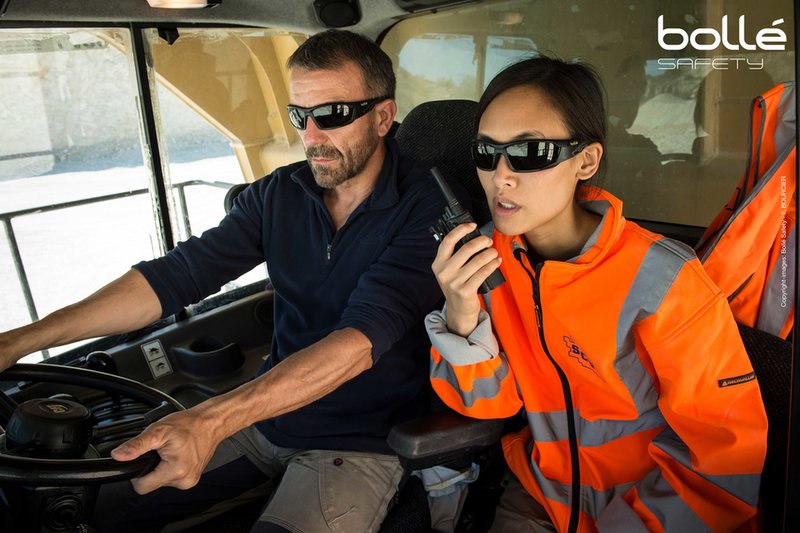
There are many different factors that affect the health of exterior workers’ vision. That said, the most common are floating debris, air pollutants, harmful chemicals, and, of course, UV radiation.
Although air pollution and floating particles pose a big risk, UV rays are by far the most dangerous threat. Recent studies suggest that this type of radiation is linked with pterygium, cataracts, and macular generation. As a matter of fact, it’s estimated that close to 3.2 million people lose their eyesight every year due to conditions related to solar UV exposure.
Furthermore, certain outdoor environmental factors can increase the intensity and exposure to this type of radiation. These include, but are not limited to:
- Atmospheric Composition: The gas composition of the atmosphere directly interacts with UV radiation. This can increase exposure through processes such as absorption, reflection, refraction, and diffusion.
- Inclination of the Sun: The position of the sun and the angle at which it hits the eyes can also increase UV exposure. The effect can exponentially increase depending on the hour of the day, geographical region, and certain environmental factors.
- Cloud Formations: While some cloud formations may reduce UV light, others can actually increase exposure and magnify the effect of this electromagnetic radiation. Light cloud formations work like a magnifying glass, so they can increase the impact UV rays have on the eyes.
- UV Light Reflection: The most common and perhaps the most alarming element that can increase UV radiation is reflection. Water, metal, glass, sand and other surfaces can reflect UV rays, magnifying their effect along the way.
- Physical Traumas: Blunt physical traumas can come from tools, construction materials, and other sources. These can cause lacerations and retinal detachment among other injuries, all of which can be prevented with safety sunglasses.
- Foreign Bodies: Similarly to blunt trauma, foreign bodies can inadvertently float into unprotected eyes and damage the cornea. In most cases, workers try to rub or wash out their eyes instead of seeking medical attention, which can make their injuries worse.
- Chemicals and Other Liquids: There are close to 36,000 cases of ocular chemical burns every year. Besides discomfort and pain, these injuries can produce acute glaucoma and permanent loss of vision, so they should be treated as a medical emergency.
- Abrasion from Rubbing: In many cases, outdoor workers' first reaction will be to rub or scratch their eyes when they get hurt. This can cause more damage or produce new injuries that can be prevented through protective eyewear.
Even though UV radiation seems like the only hazard, there are many other factors that can affect exterior workers' vision. As a matter of fact, up to 20% of workplace eye injuries may result in permanent loss of vision. For this reason, providing optimal safety equipment like an anti-reflective feature is the best way to protect exterior employees’ eyes.
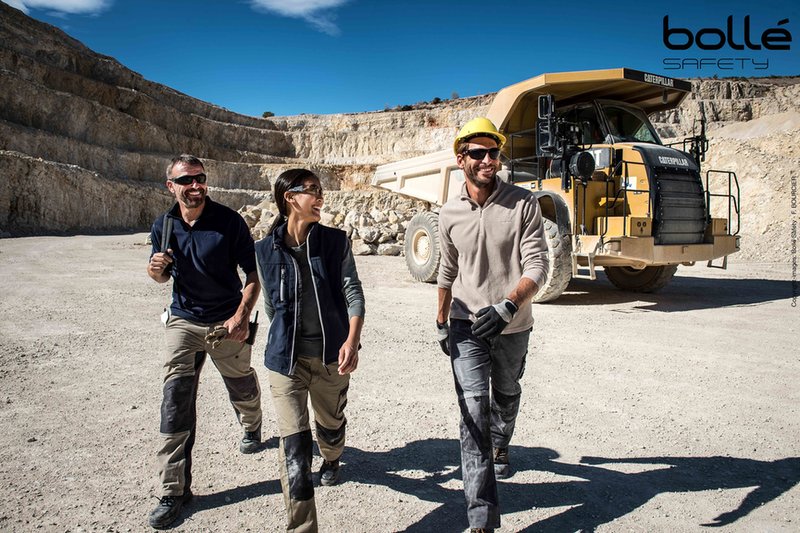
Polarized Safety Glasses: Protect Your Outdoor Workers’ Eyesight from Harmful Light, Traumas, and Much More
There’s no denying that eye injuries are common in the workplace. That being said, they are far more common in outdoor employees due to the sheer nature of these trades. This means that managers have to take precautions that help minimize the chance of an accident.
Floating particles, chemical burns, and extensive sun exposure are just some of the variables that can affect the team’s vision. These can produce short and long-term damage, so creating a safe environment for outdoor workers should be at the top of any manager’s priorities.
